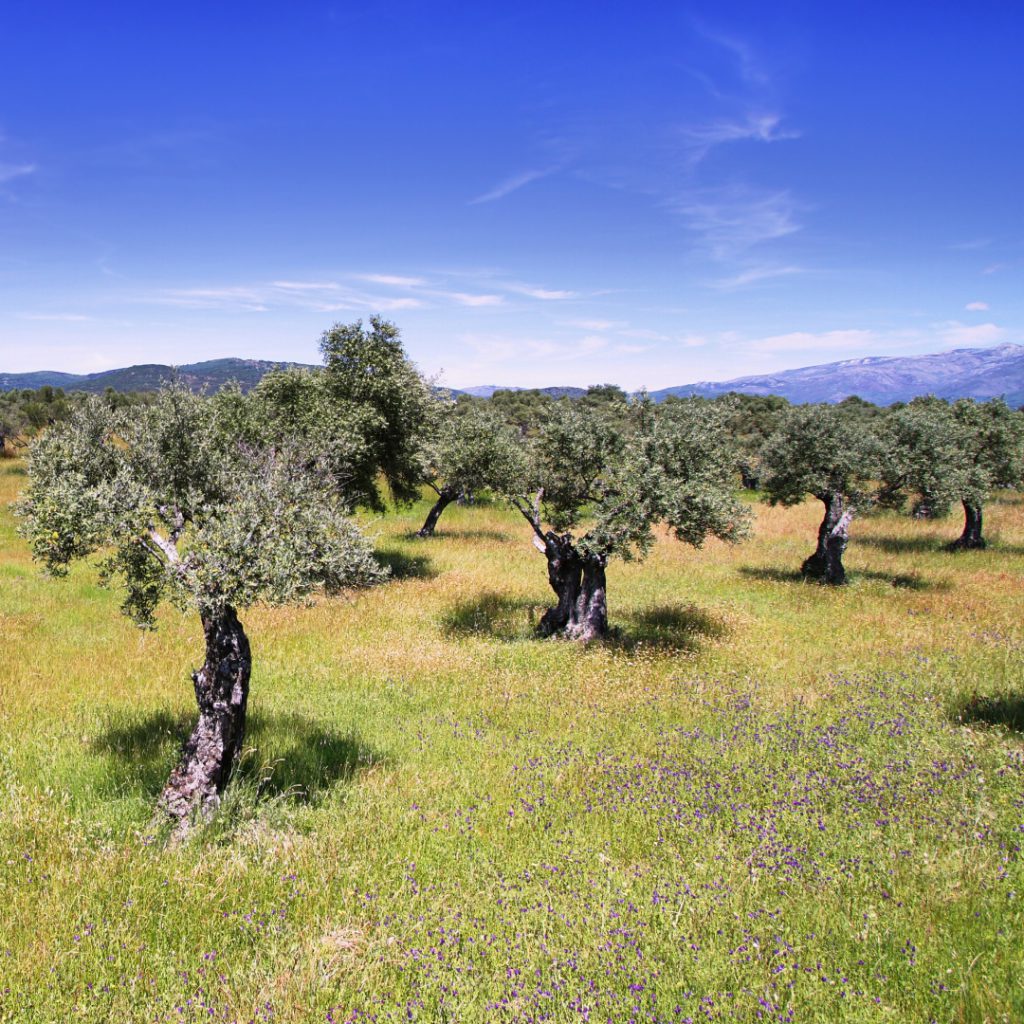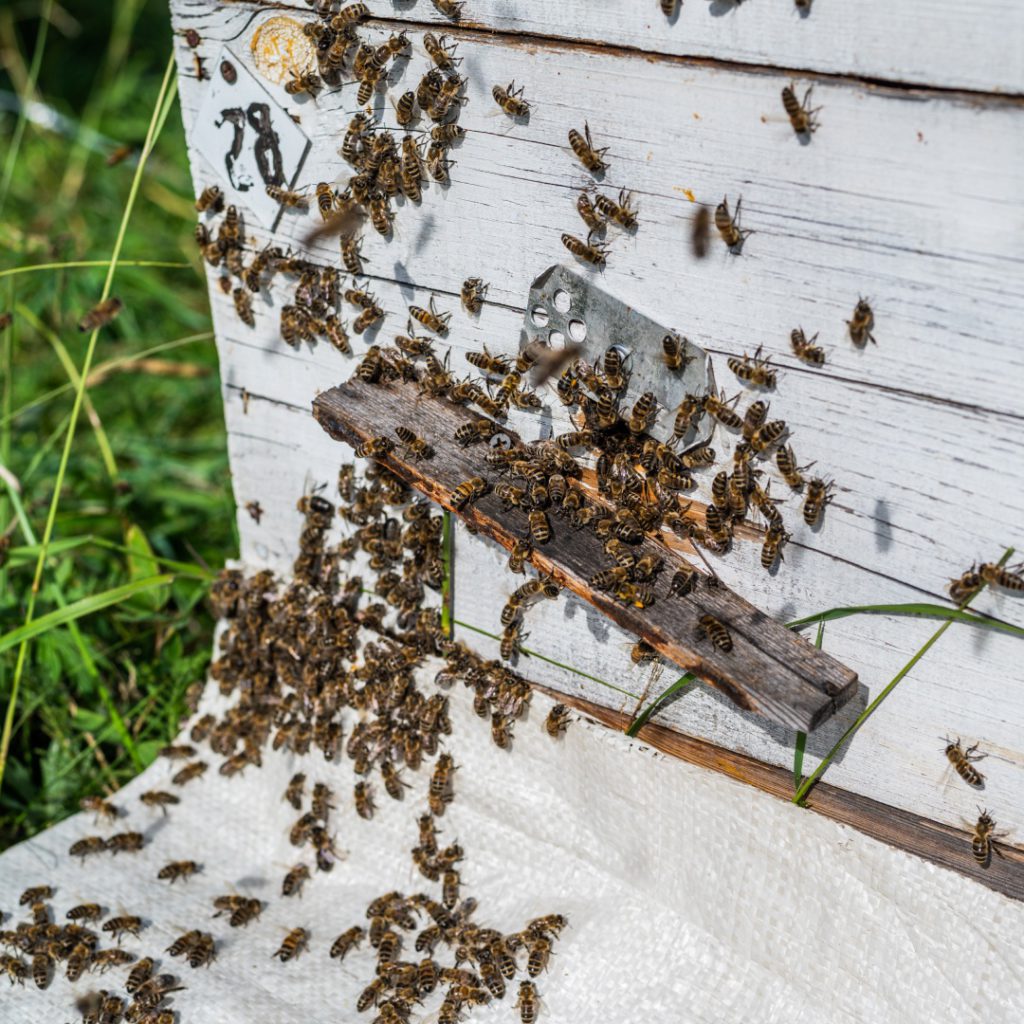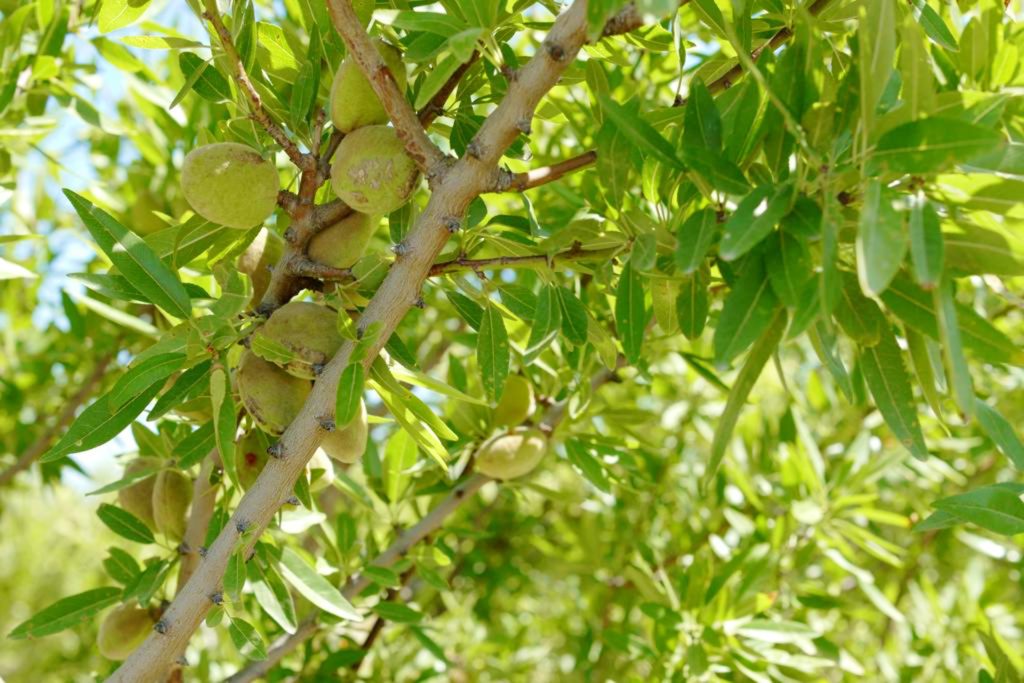Organic Almonds: The Wild, Abundant Food of Sicily
A Different Cultural Lens on Organic Almonds & Farming in Italy

Agriculture is the focal point of Sicilian life.
Organic farming in Sicily is sometimes also referred to as simply “farming,” or in some cases, “harvesting.”
For thousands of years, Sicily has been a breadbasket for Italy and its neighbors. It is becoming a fresh fruit and vegetable source for sought-after European markets like Germany, France, and the UK.
If Sicily had a king, it would be the olive tree. And its queen? Perhaps the fig. And the prince, that would be the almond. Let’s not forget the ancient grains (estimated at 50+ varieties) used for traditional bread and pasta.
It’s hard to travel across the interior of Sicily without encountering the wild figs and olives peppering the landscape. The olives look as though they were intentionally planted centuries, and in some cases millennia ago. The figs look more like an accident in which someone ate some figs and spread the seeds around the forests, roadsides, backyards, and farm boundaries.
More than a dozen varieties of olives are grown commercially in Sicily, with many villages boasting their own unique varieties that flourish in their microclimates. Throughout the year, there is vegetable production that corresponds to the weather and seasons.
This kind of agriculture is part of the culture and cuisine here.

In summertime, the market is flooded with local varieties of tomatoes, multicolored peppers, and eggplants. The soil and weather are kind to tomato farmers, and yields are often so great that traditional sun-drying techniques are employed to process the surplus. Farmers then jar the dehydrated tomatoes with olive oil to preserve the tomatoes for year-round consumption and sales. As the seasons progress, the cauliflower, radish, onions, garlic, carrots, spinach, and artichoke hit the market.
However, it was Expergreen’s organic almond production and aggregation that brought me to the island of Sicily.
Sicily is a nut heaven. Almonds are perhaps the most famous, but pistachios, walnuts and chestnuts are also abundant.
For those of us who are used to seeing almonds in the Central Valley of California—neatly-organized rows that seem to go on forever, driving miles with only a view of almond trees—the almond culture of Sicily is a striking contrast. In Sicily, the almonds appear wild, as if planted randomly and left in unkempt farms without irrigation or care. It seems the trees only receive attention for an occasional pruning and the yearly harvest. The almonds aren’t pushed to their productive limit, and in many cases the trees simply aren’t harvested.
Almond cultivation in Italy is generally treated more like an honored pastime and relaxing profession, and less like a mega-business enterprise. A wild almond tree covered in snails or pests is a normal, natural occurrence here.

Bees are also abundant on the Sicilian almond farms. There are often bee boxes and hedgerows covered in wildflowers that are being pollinated by bees. Bees are not overworked, transported, or killed by pesticides. They seem busy, active, and omnipresent.
During my visit, I have not seen the application of pesticides or herbicides. It just isn’t common practice out here.
When you are in a dry, traditional ecosystem where crops are not cultivated in monoculture, there are few commercial plantations, biological corridors are strong, and maximizing harvests isn’t the goal, it all creates an ideal environment for the natural production of almonds. The world of agriculture could learn much about natural farming from Sicilian farmers. However, I believe we can learn even more from their appreciation for natural ecosystems, traditions, and an enjoyable lifestyle.
Almonds have been a staple in my diet my entire adult life. Almond milk, almond butter, whole almonds—these are key elements in my culinary lifestyle. But I never really thought about where my almonds came from. I’d seen packaged products from Spain and most often products from California, but I just figured it was a tree crop that produced a healthy nut, and my job was to consume it.
I never imagined that almonds would be a major consumer of limited freshwater resources in California, or that they might be damaging bee populations. I also never realized that there were hundreds of varieties of organic almonds grown traditionally in places like Italy, rather than the monocrop of the same varieties that we find at our local supermarkets.
Not all almonds are created equal. Moving forward, I will certainly look for almonds from Sicily, having visited their homeland and gotten to know intimately their land, trees, farmers, and cultivation practices.
If “foodies” are to be given the education, context and choice for greater genetic varieties, and a product that is cultivated in a traditional environment alongside nature, they will make the same decision. We are cornered into a consumptive reality in which we believe MD2 is the only pineapple, cavendish is the only banana, haas is the only avocado, and non-pareil is the only almond.

But these are just commercial decisions that have been made by industries to maximize outputs, perishability timing, and other features that have little to do with ecological benefits or consumer nutrition and experience.
I believe a revolution is underway in which diverse varieties of our favorite raw food materials will become available, and in which the market will give tribute to traditional genetics, different flavors, and ecologically-aligned production techniques.
Interested in organic almonds from Italy? We invite you to enjoy a delicious recipe with Expergreen raw almonds, and visit their profile:



